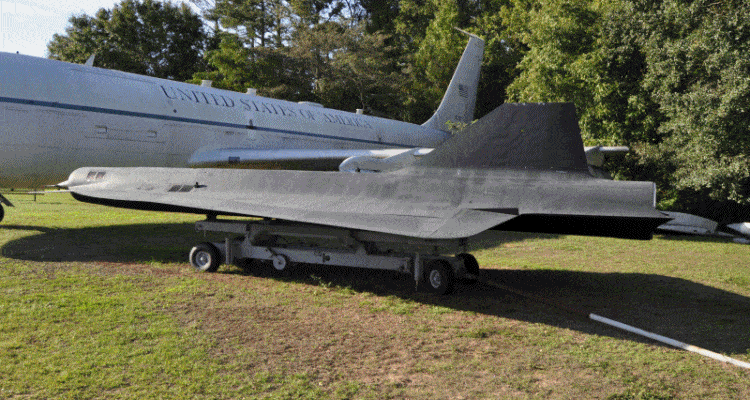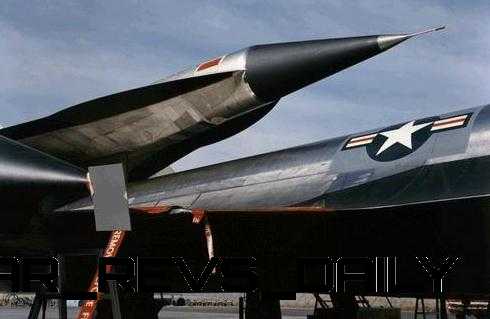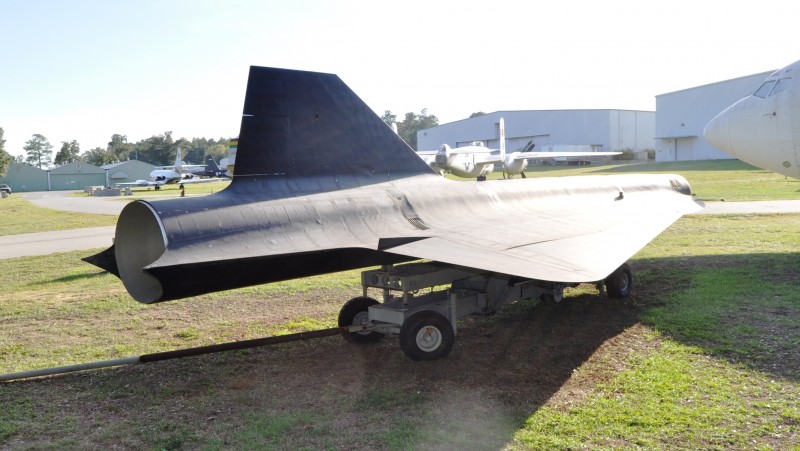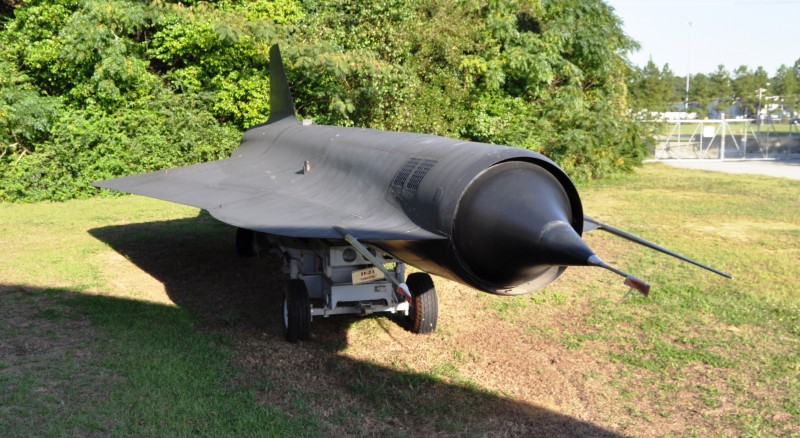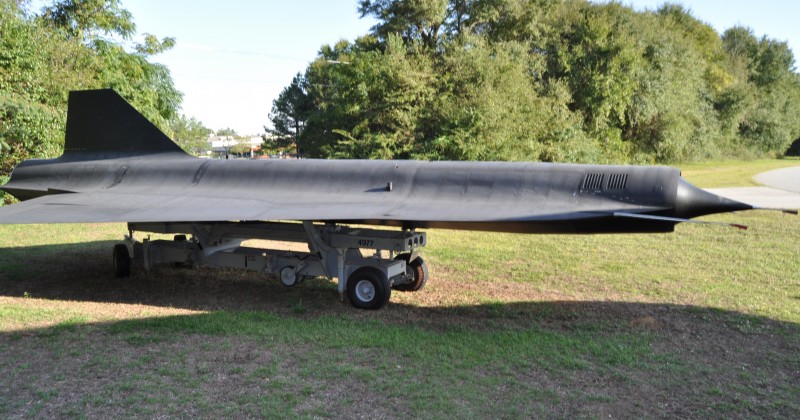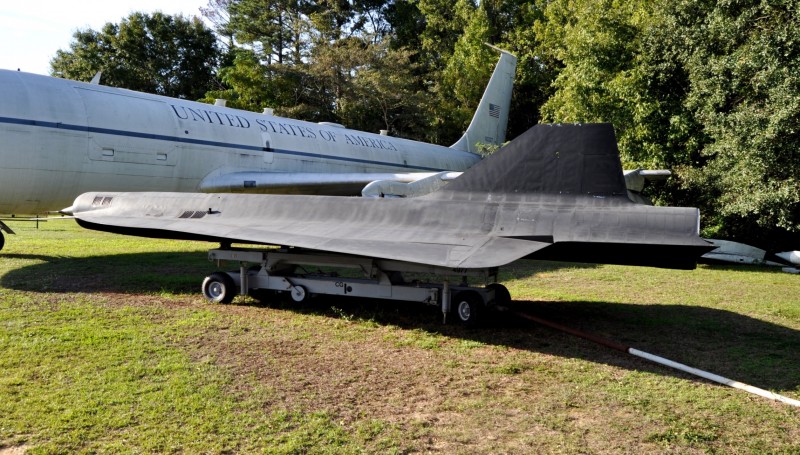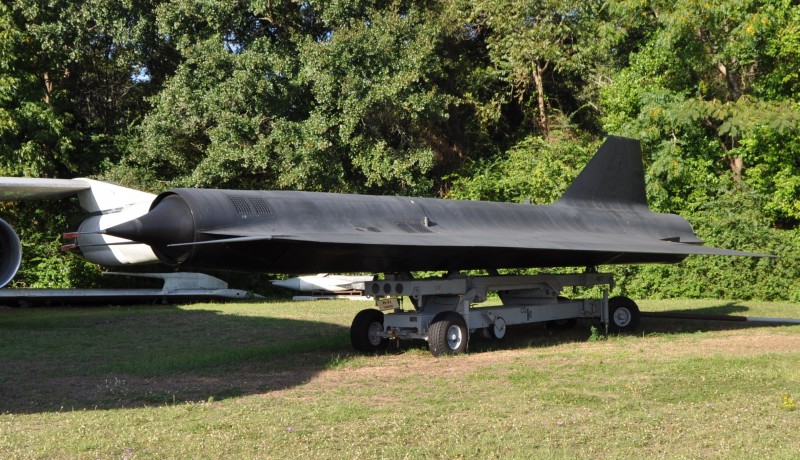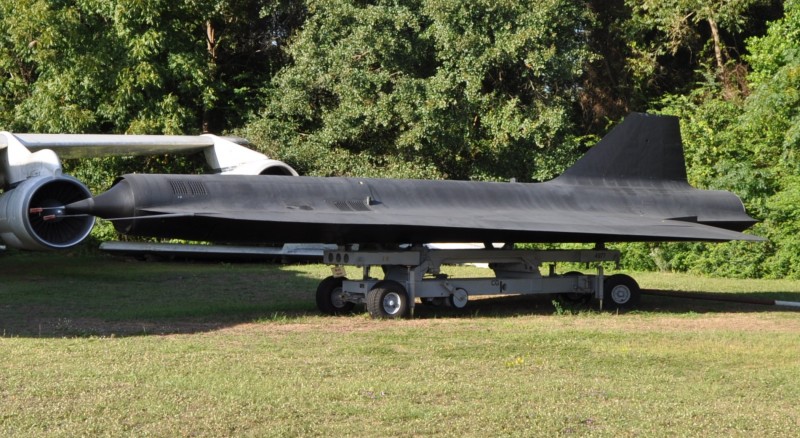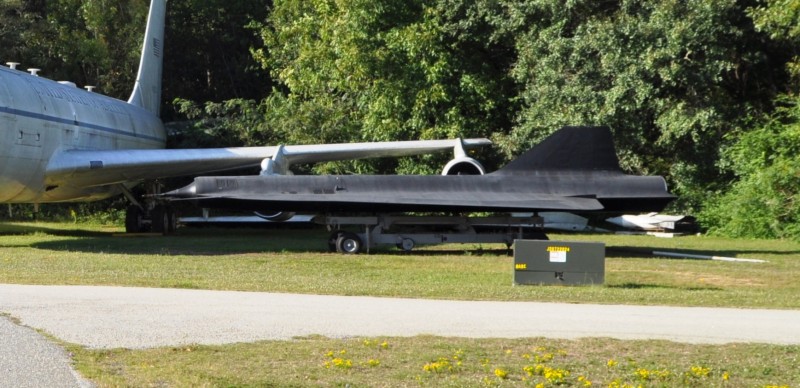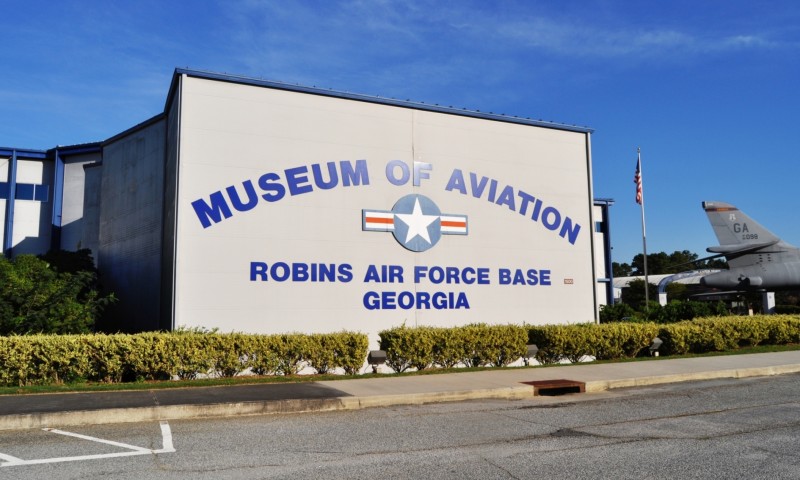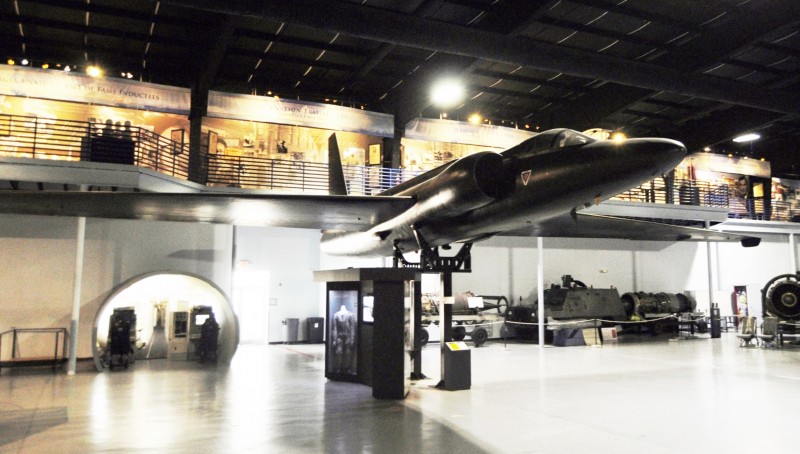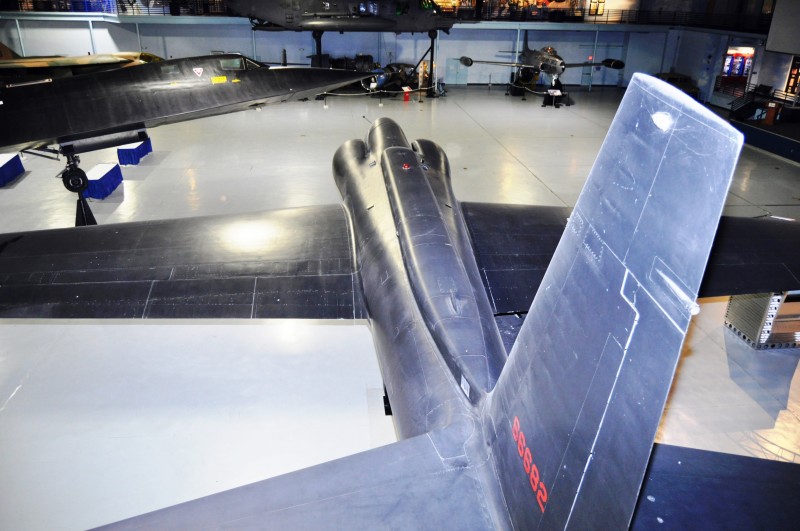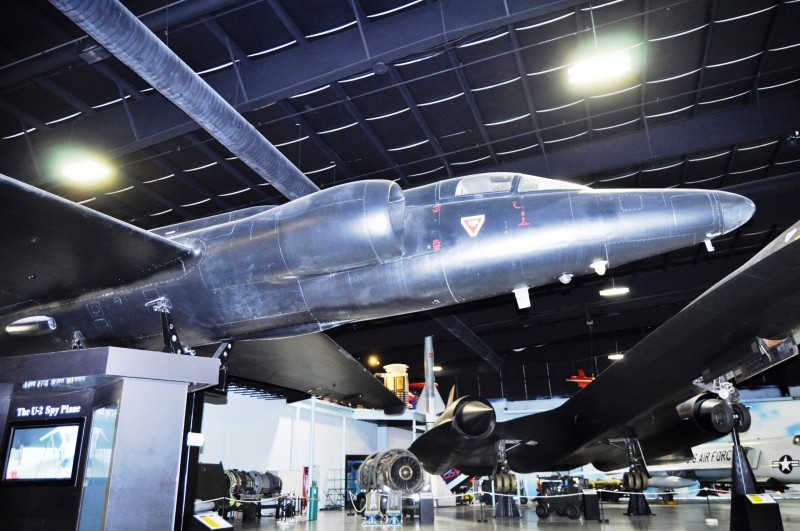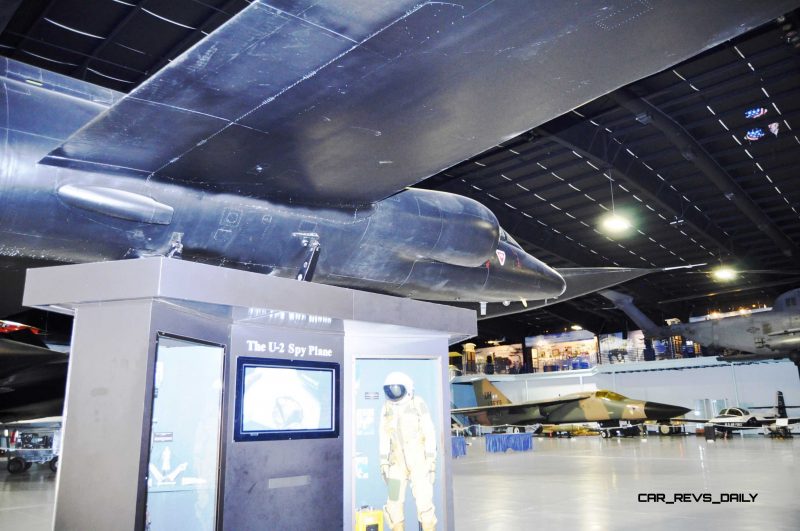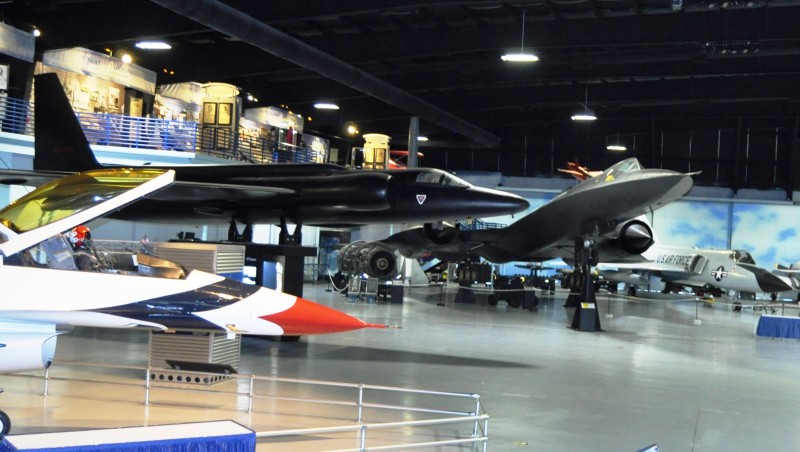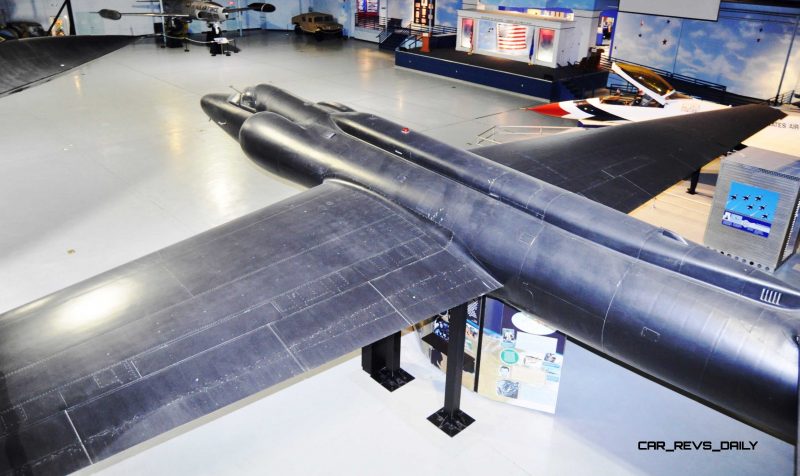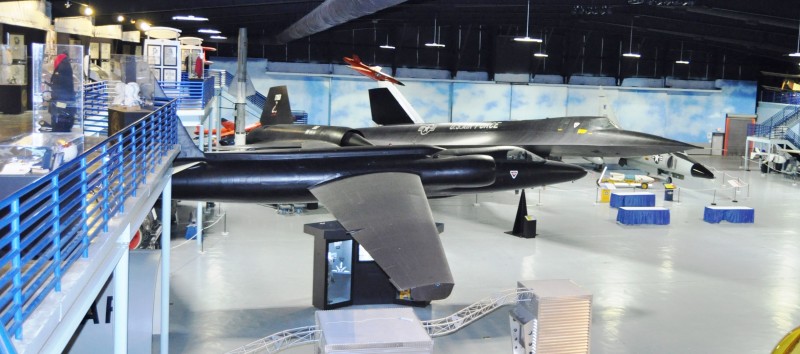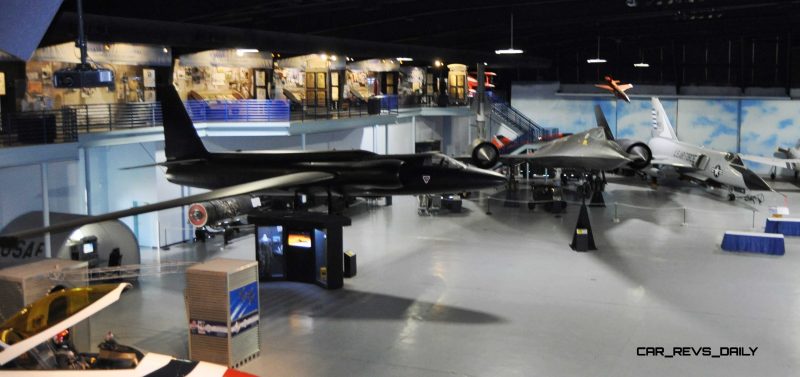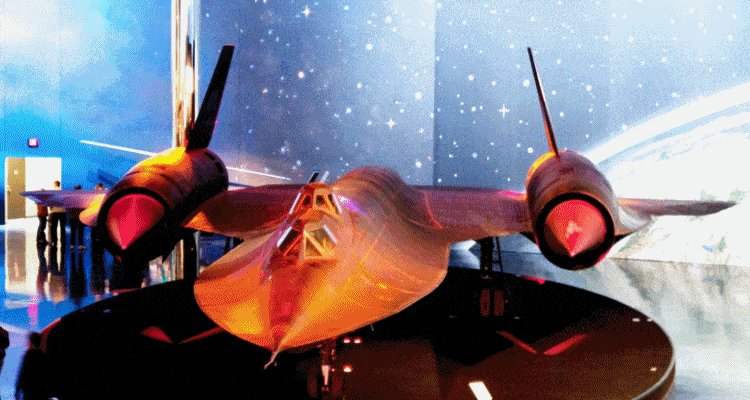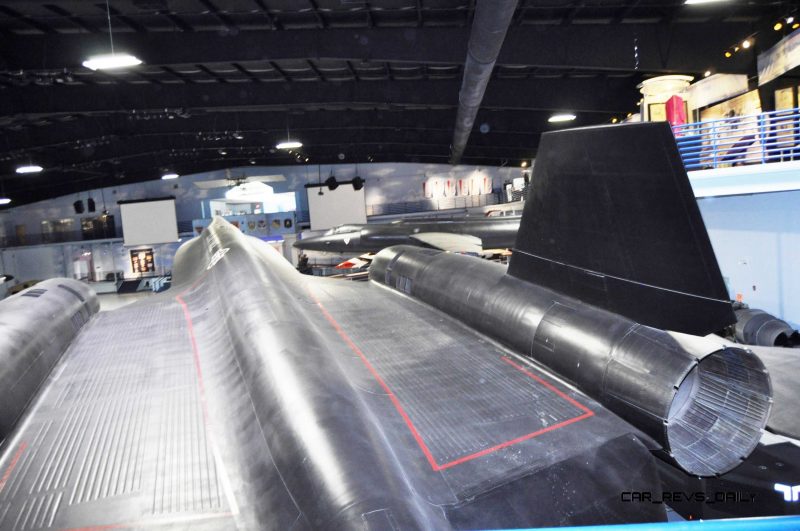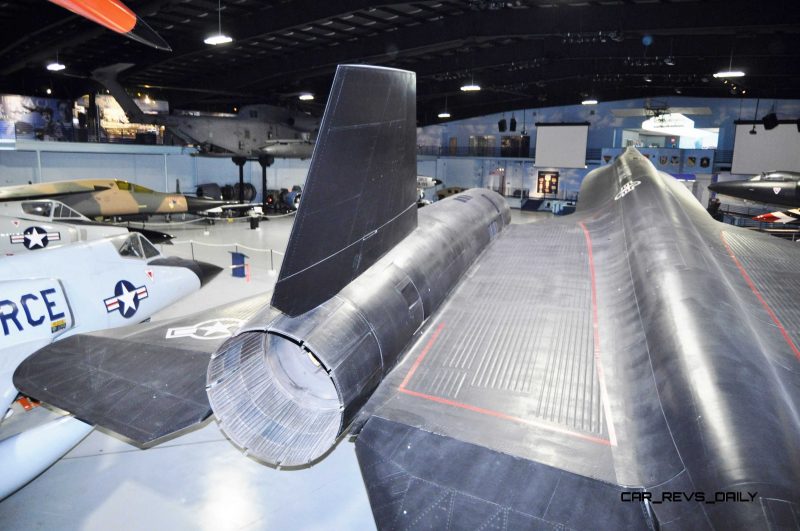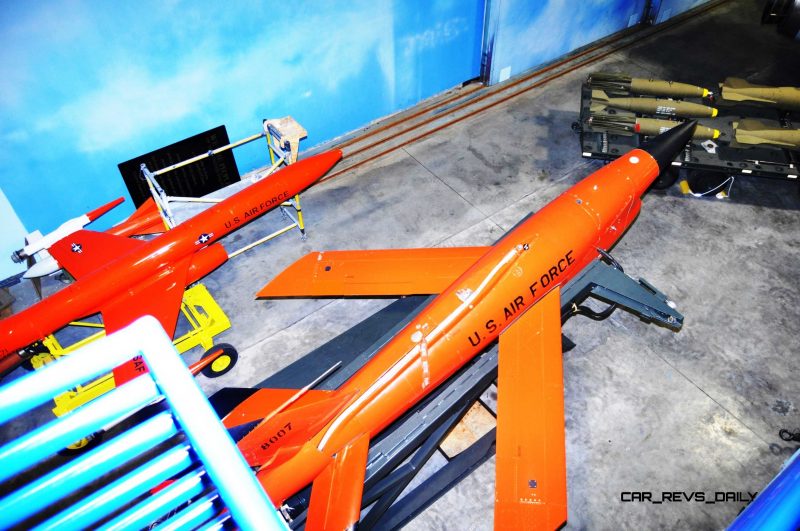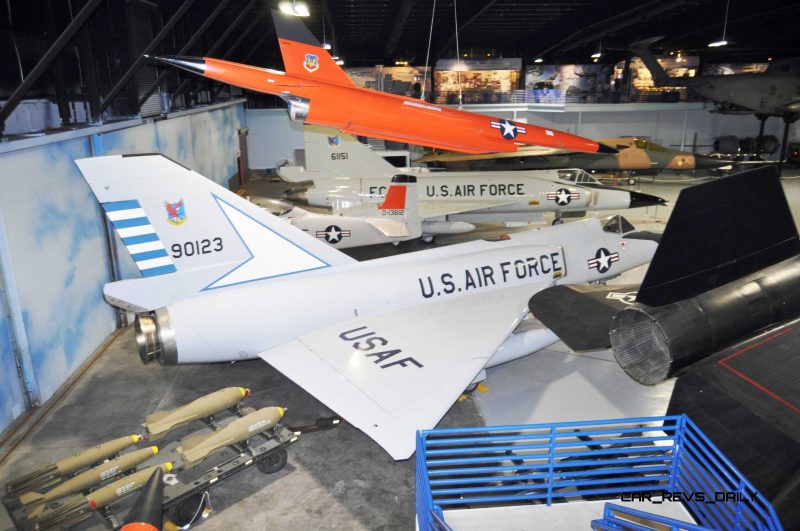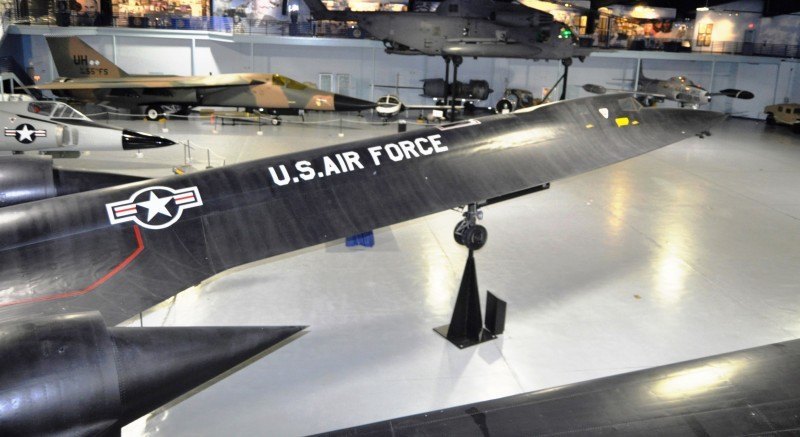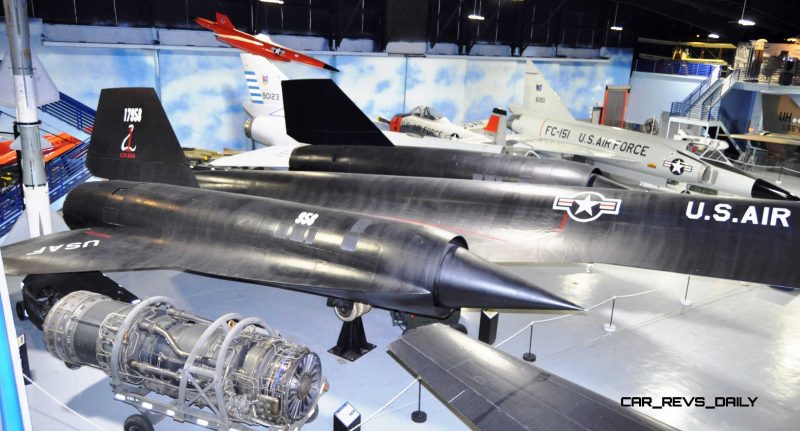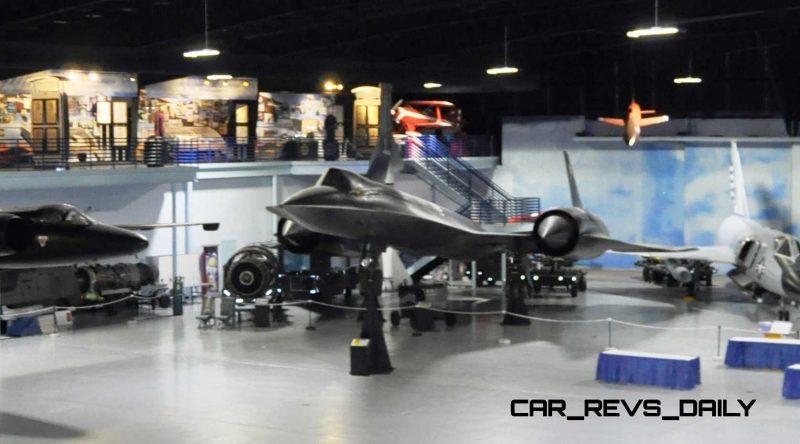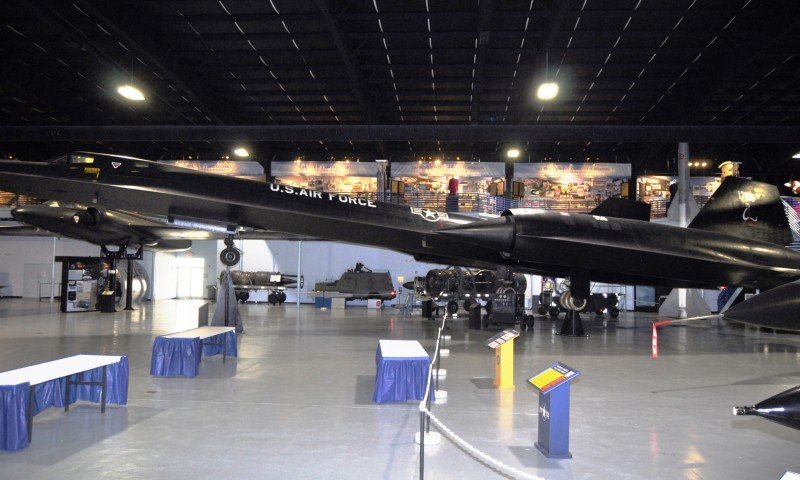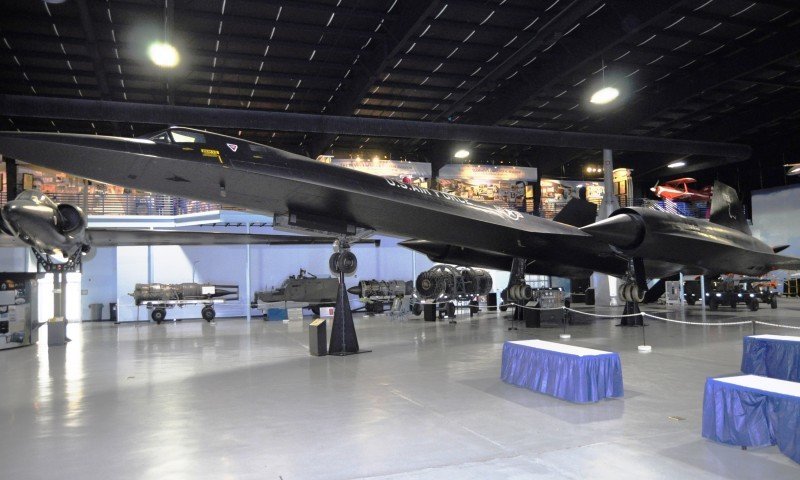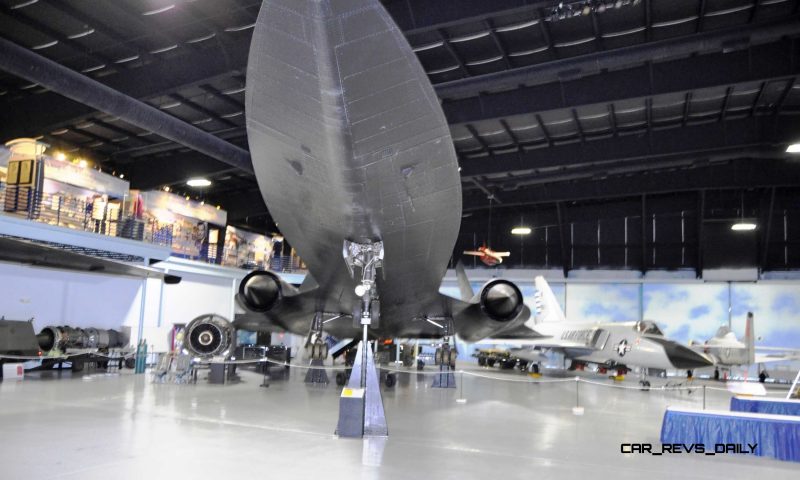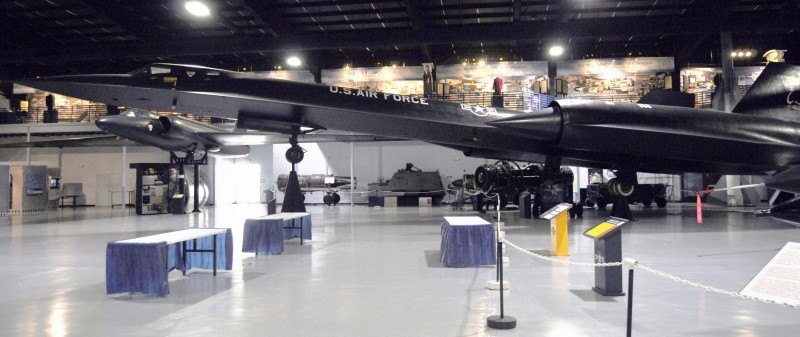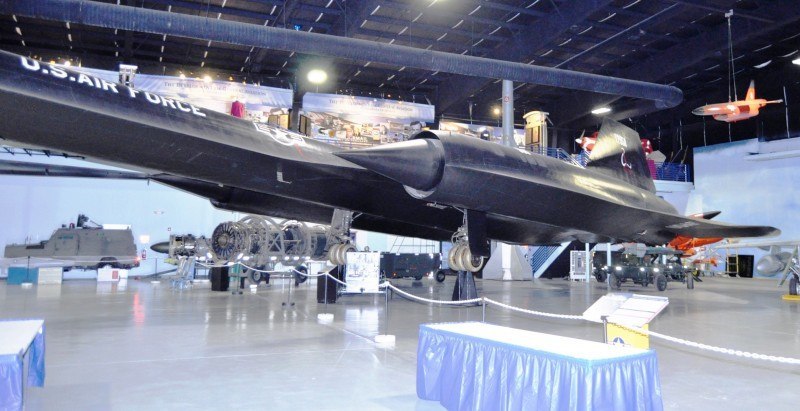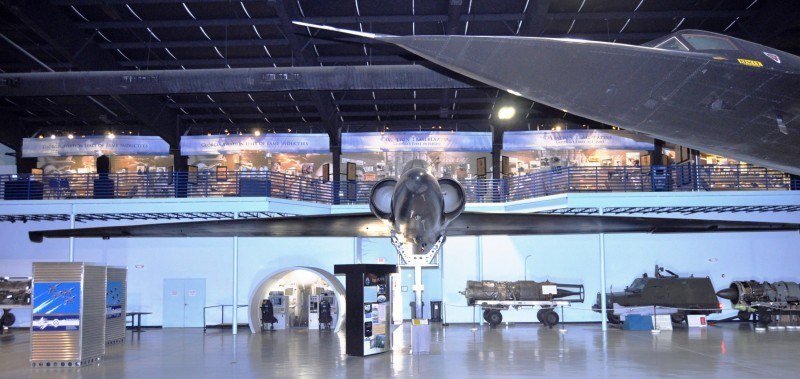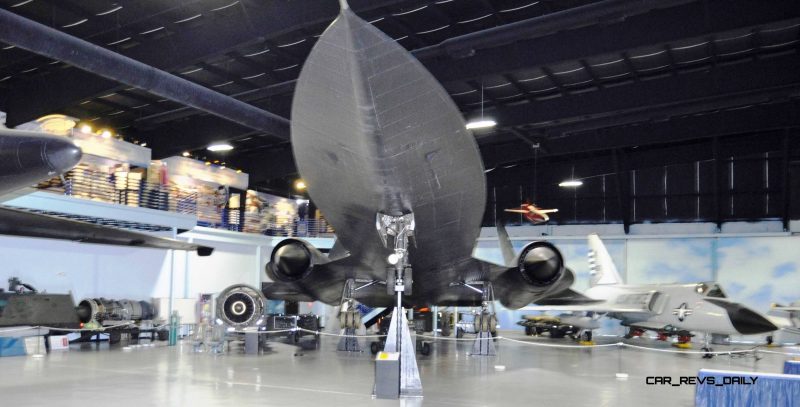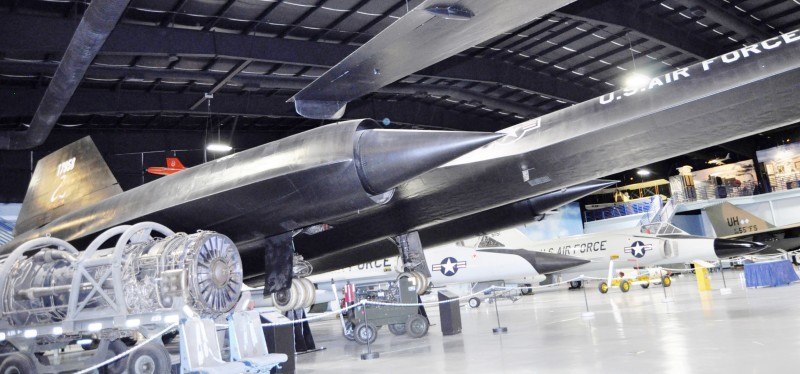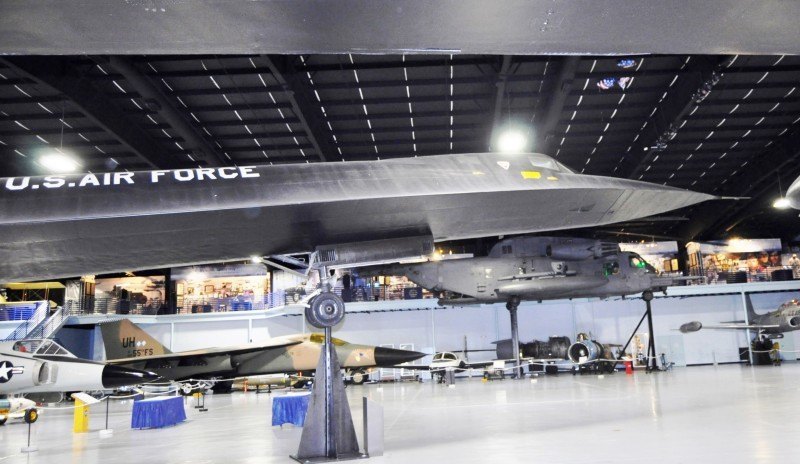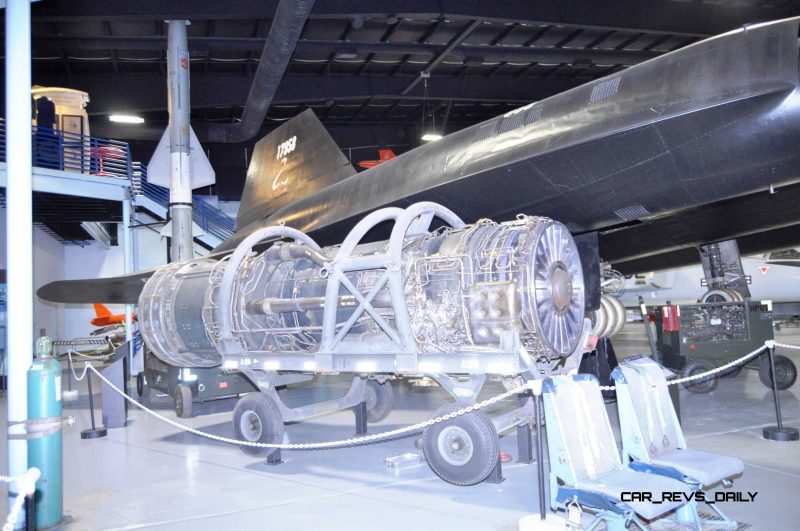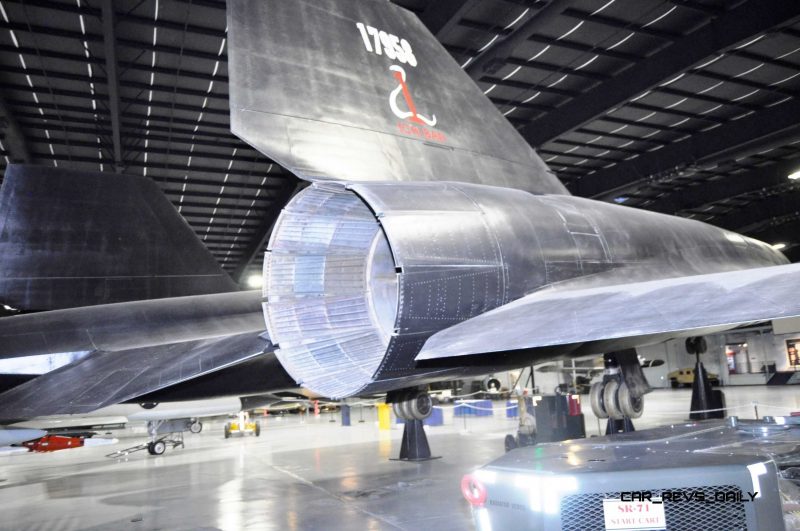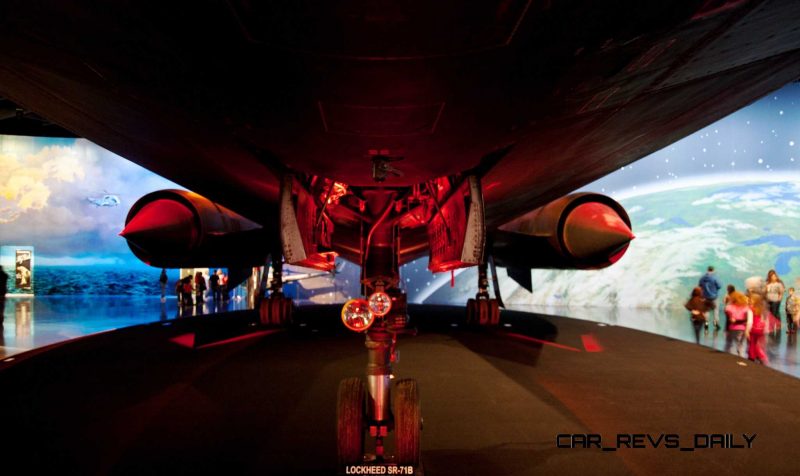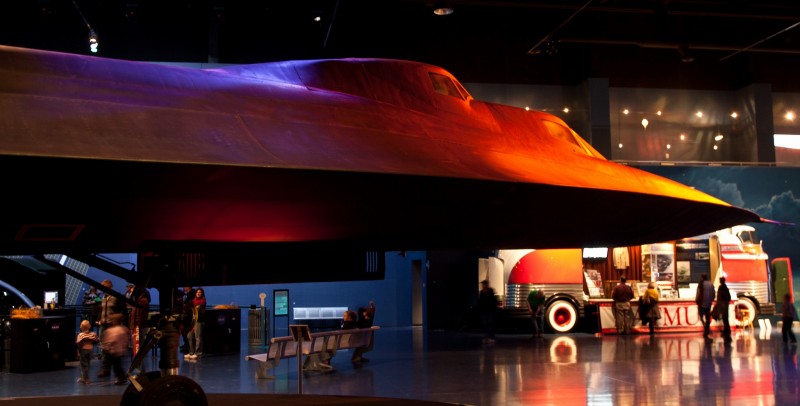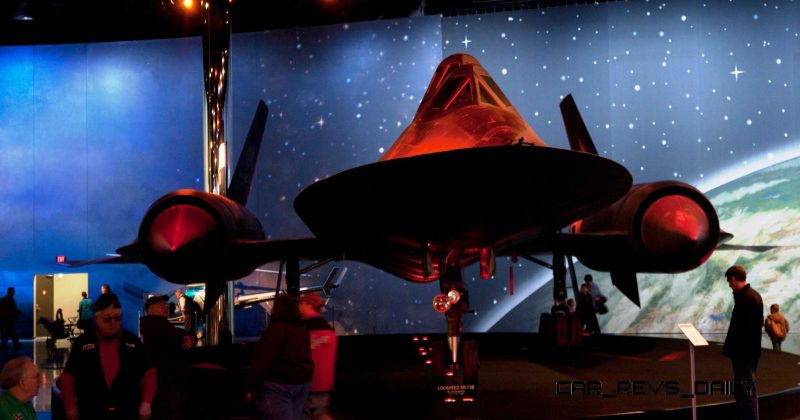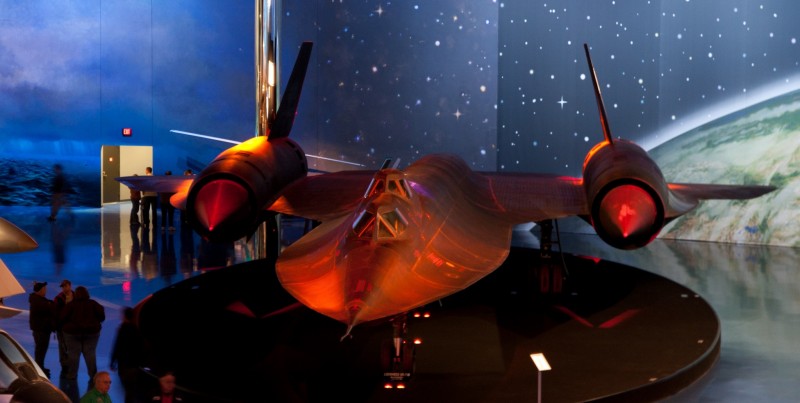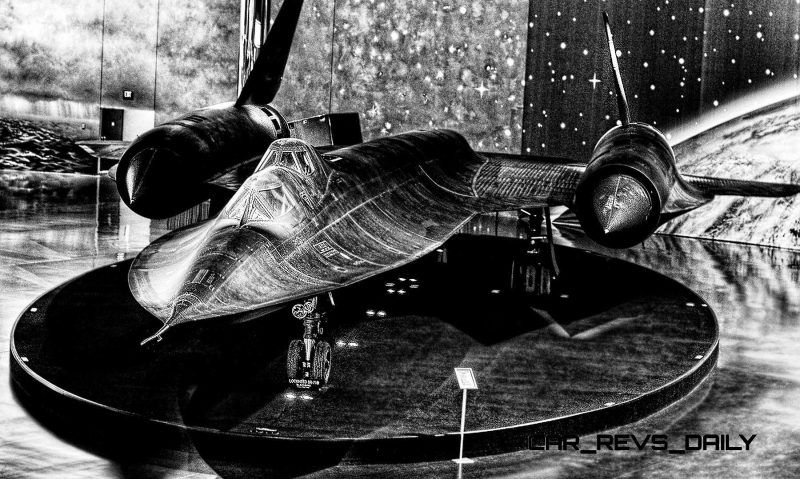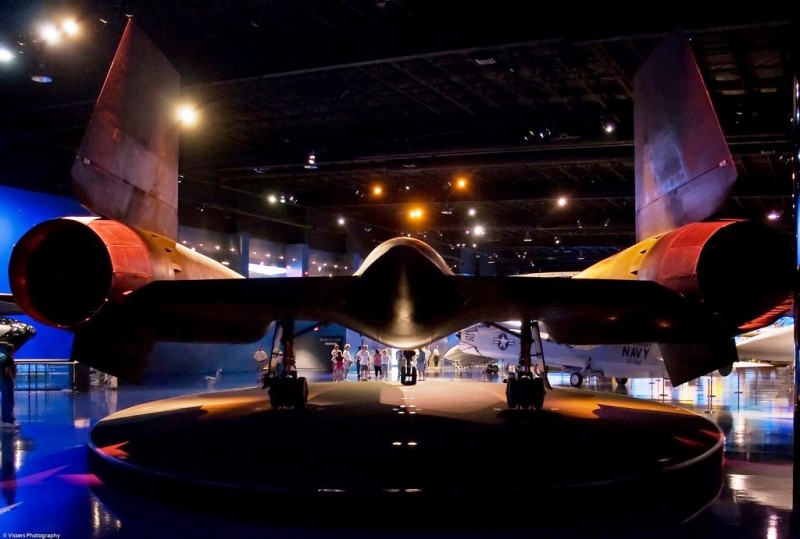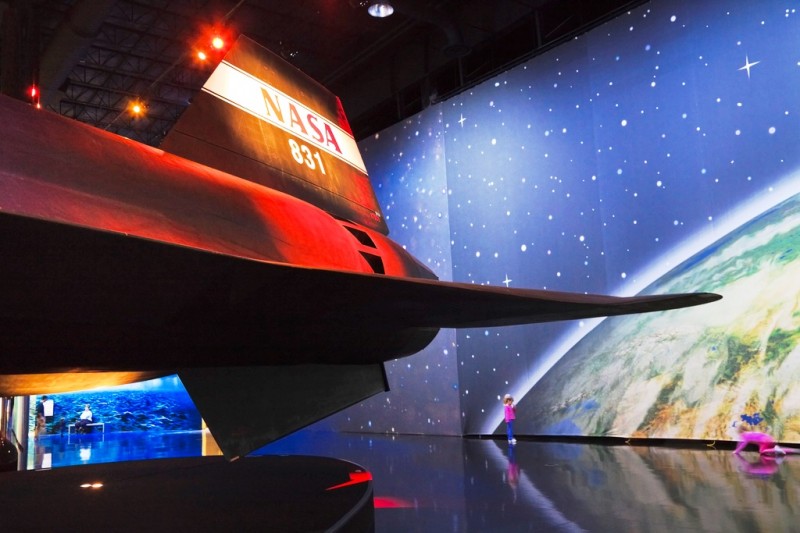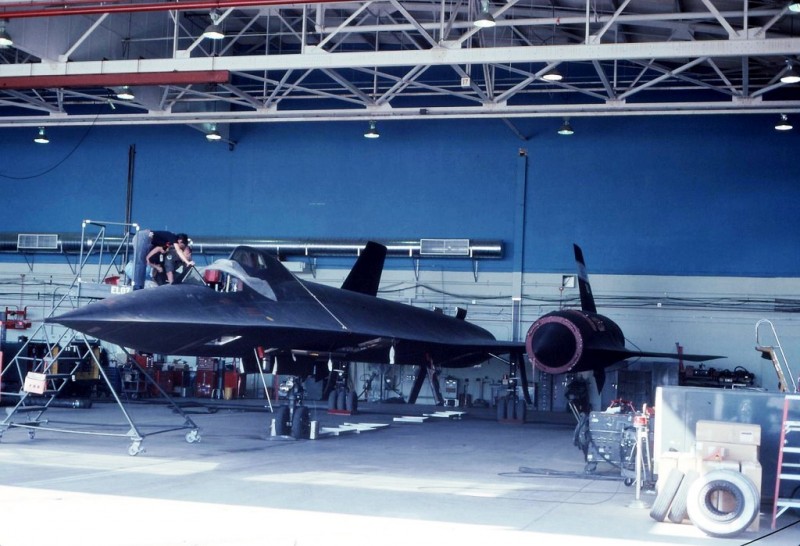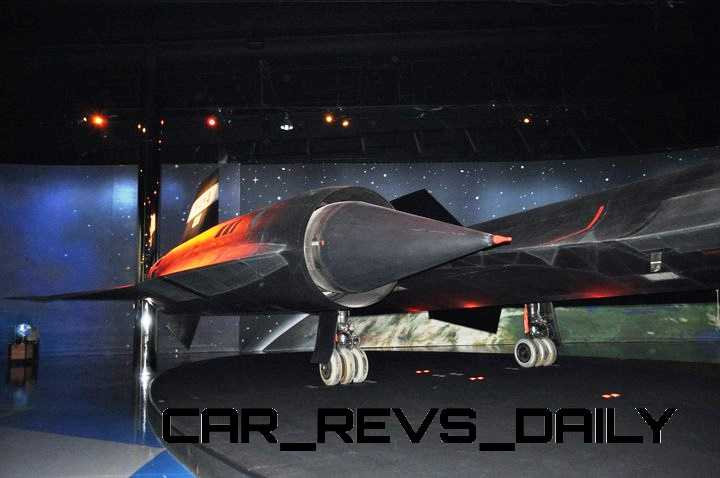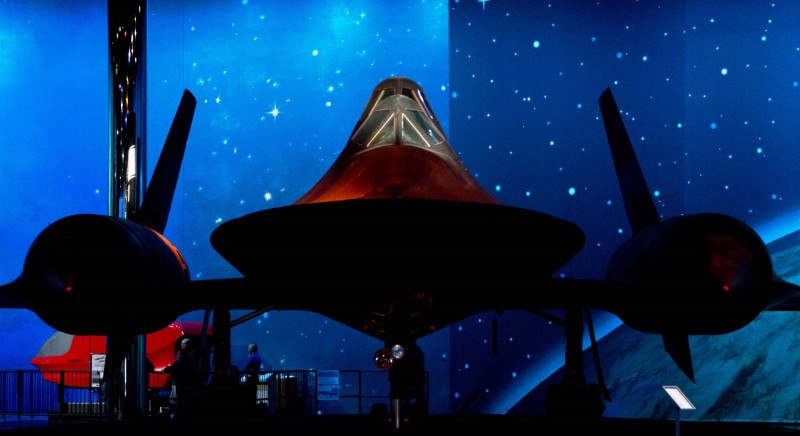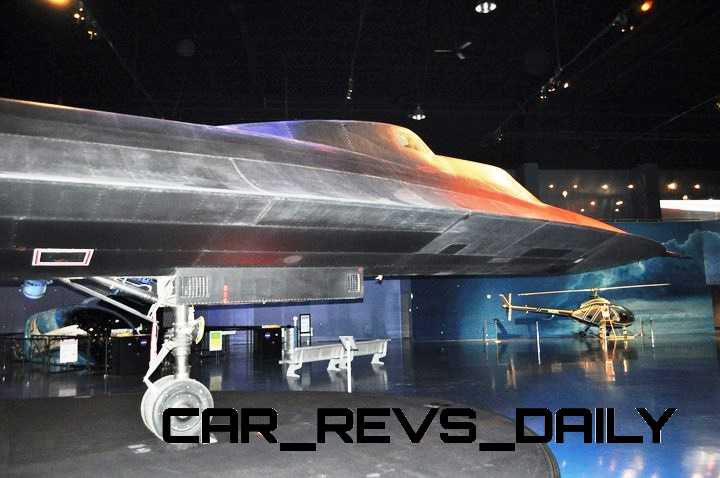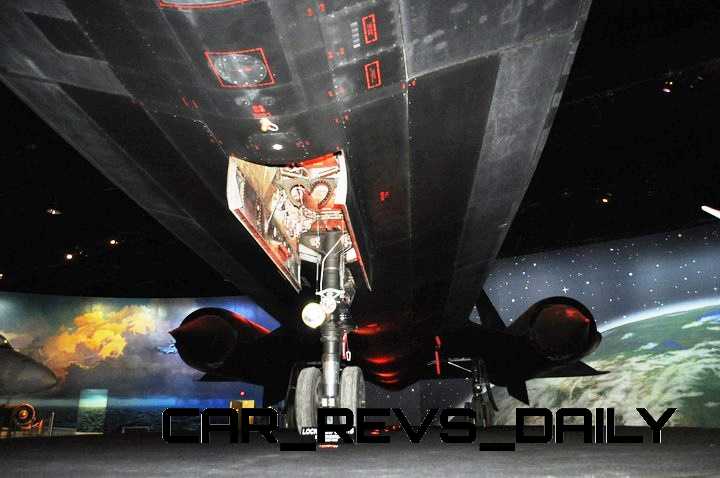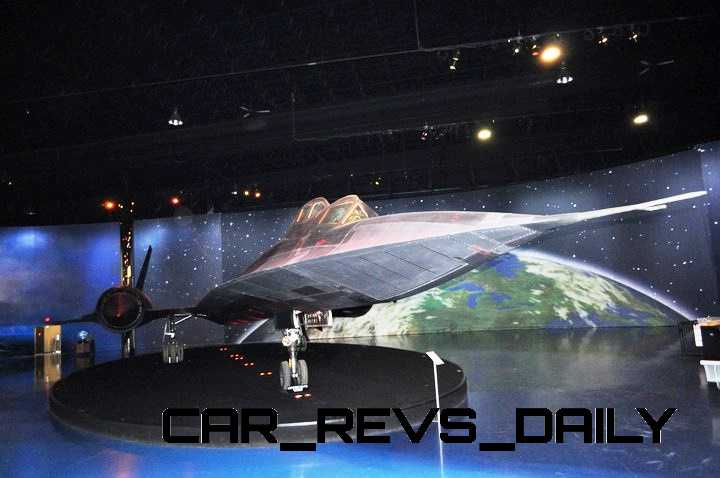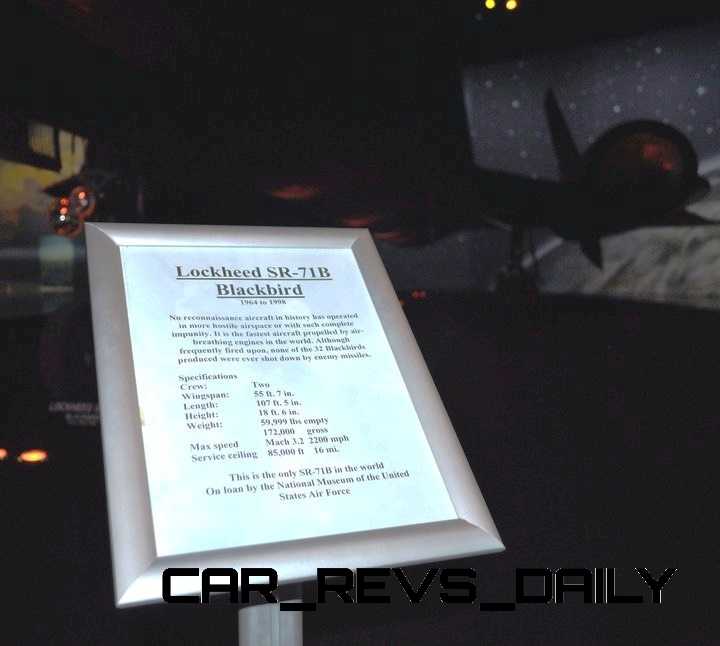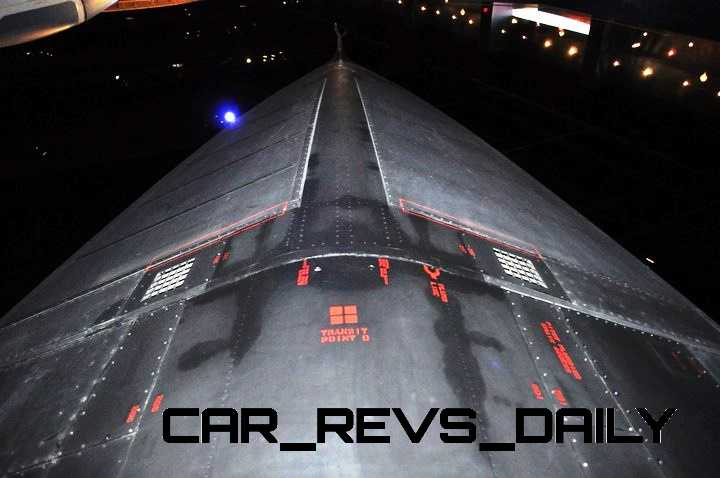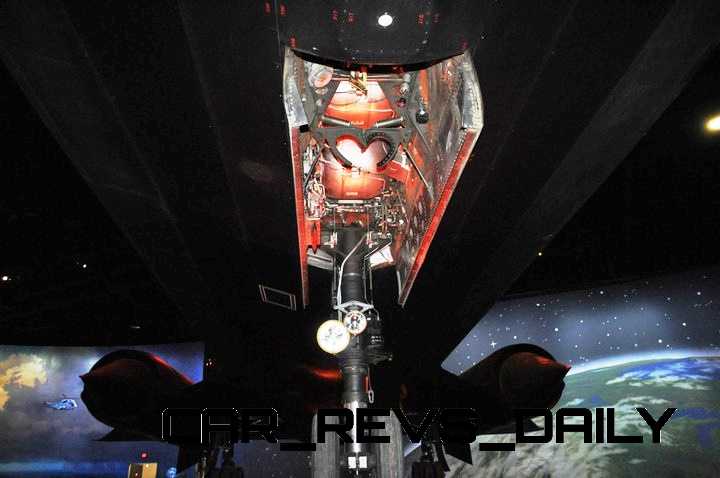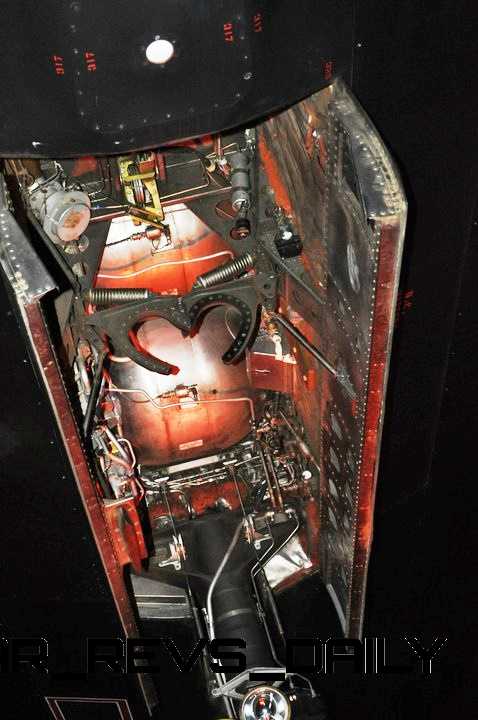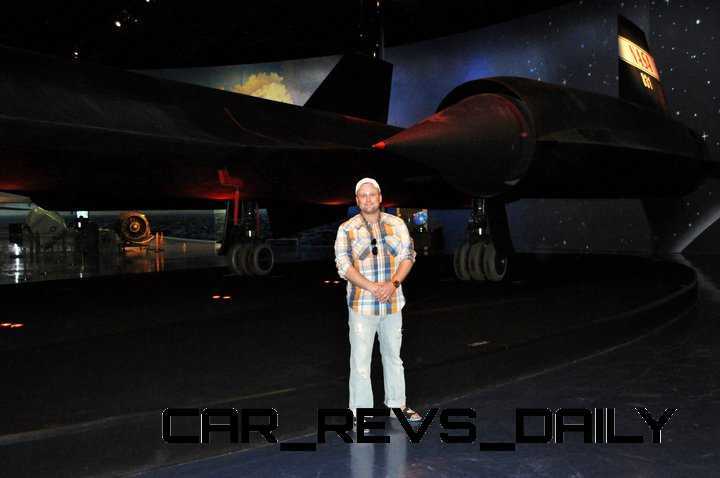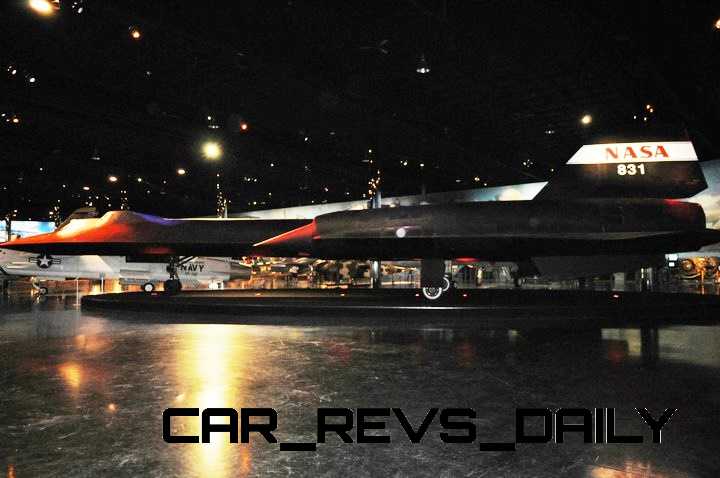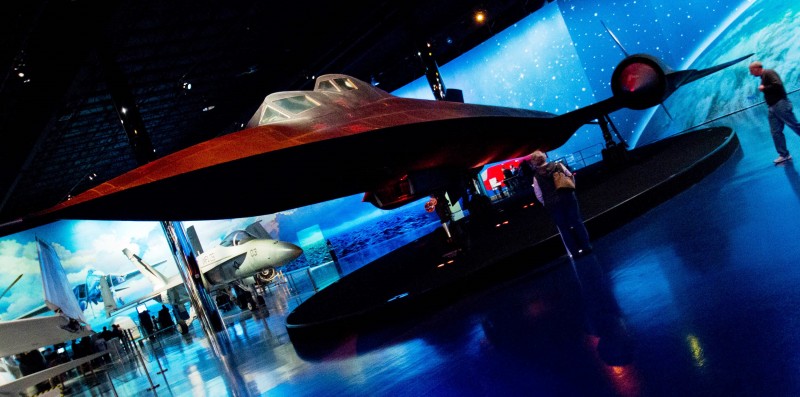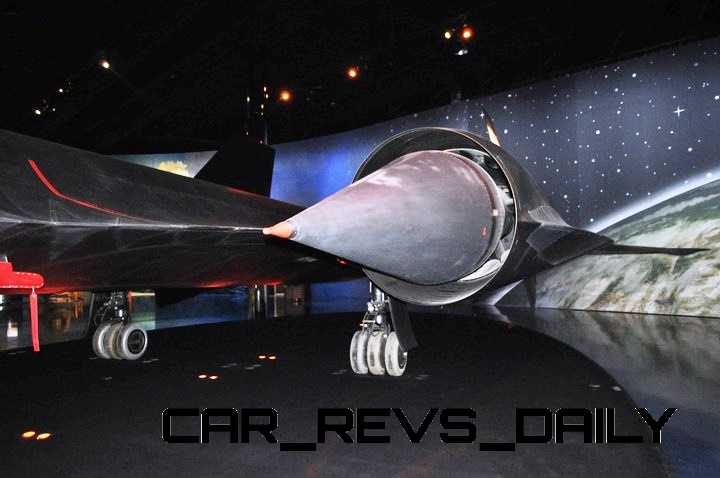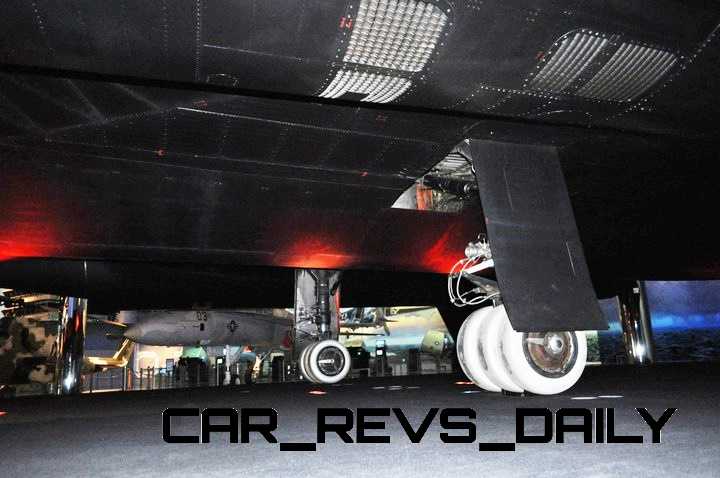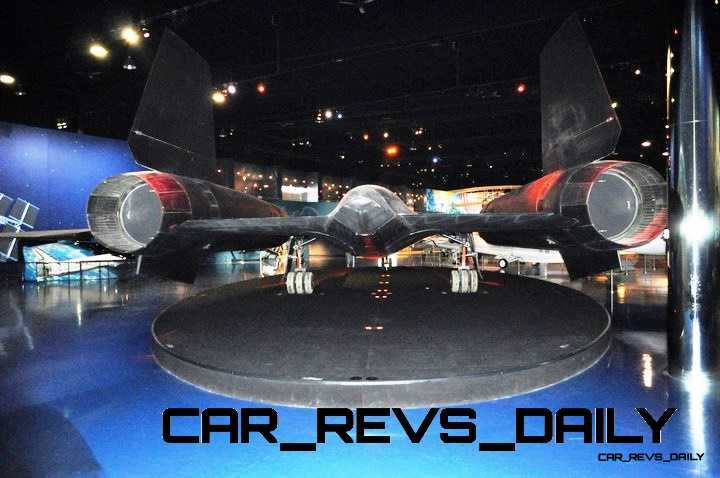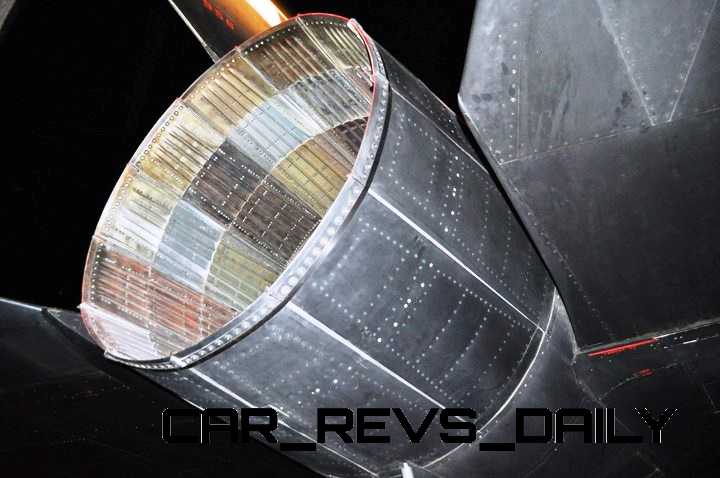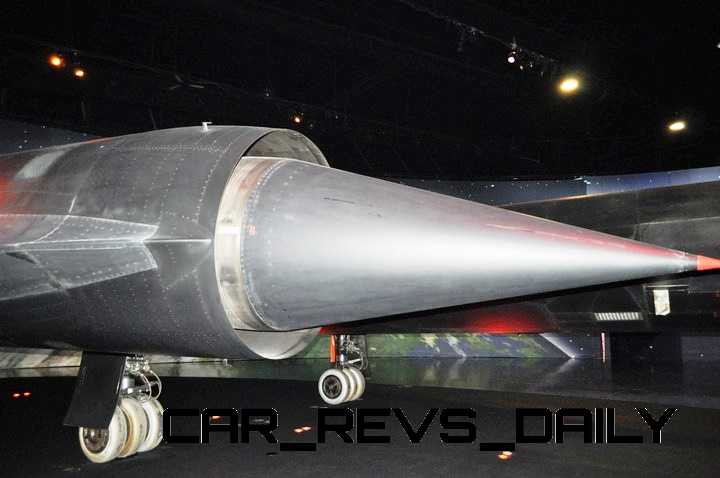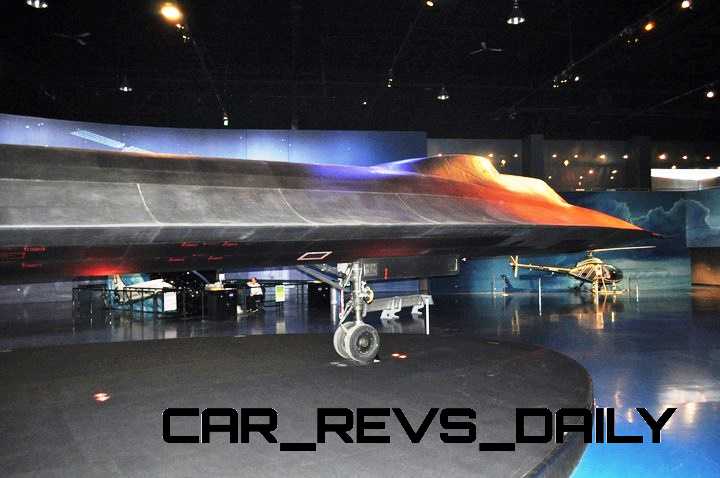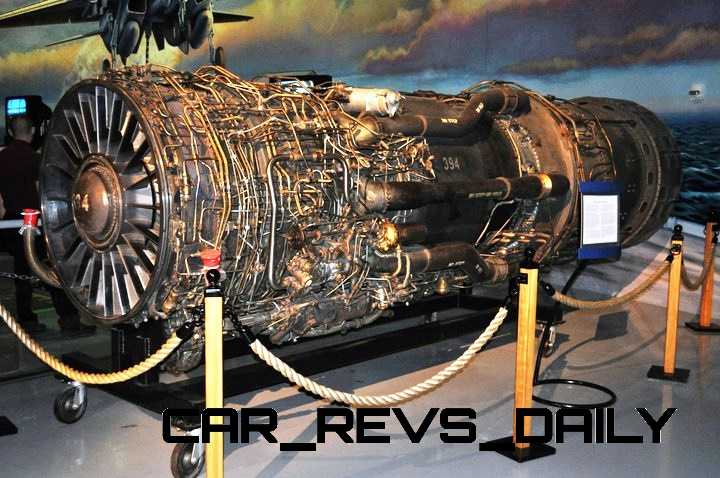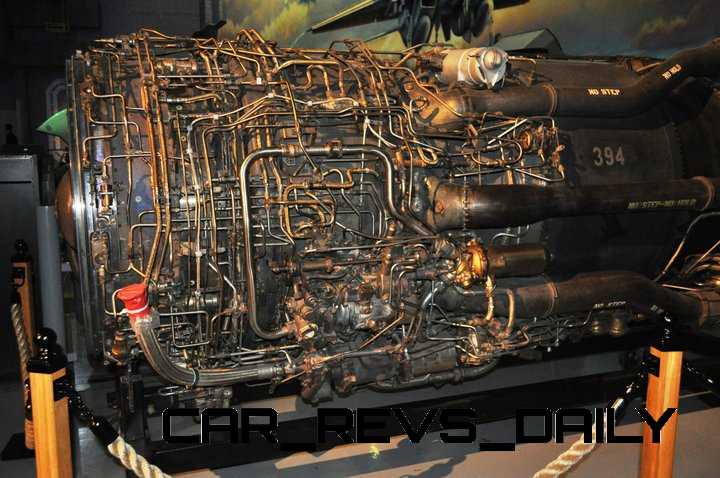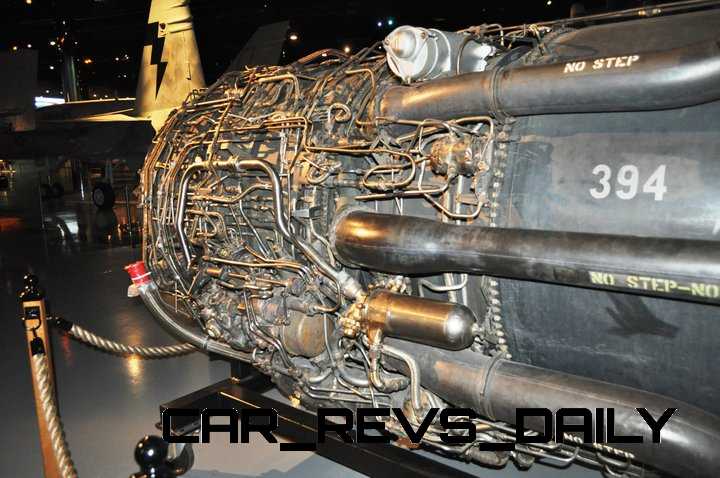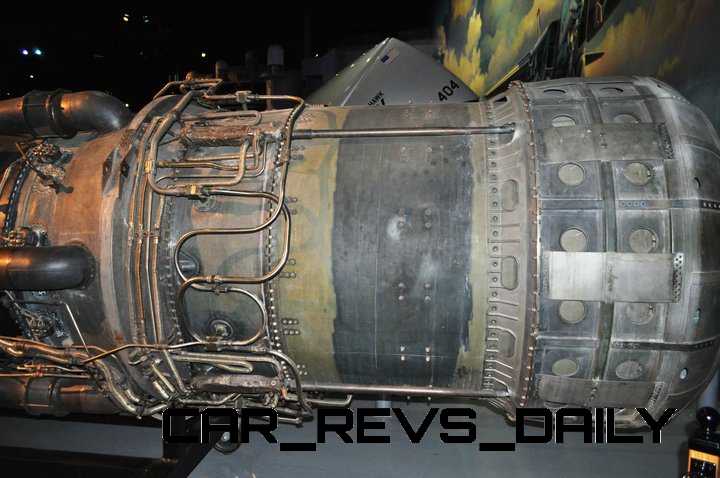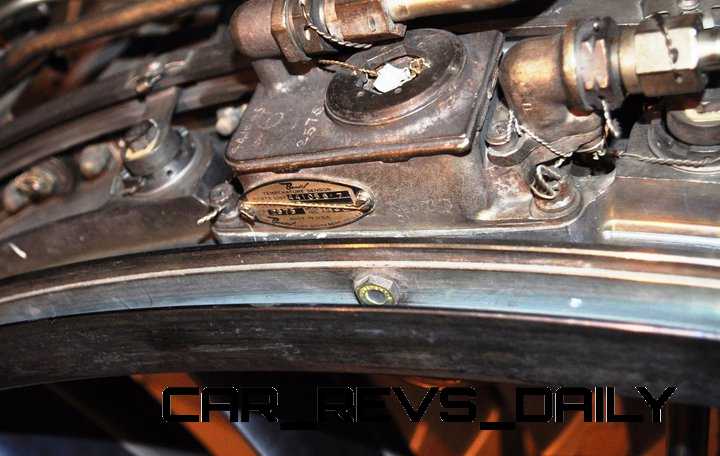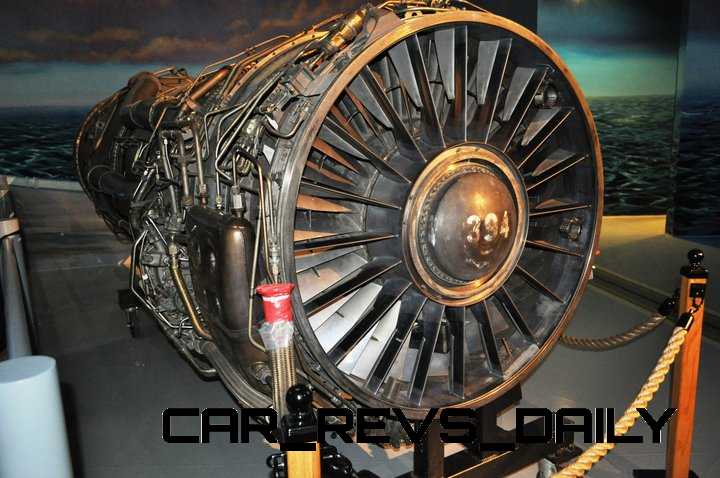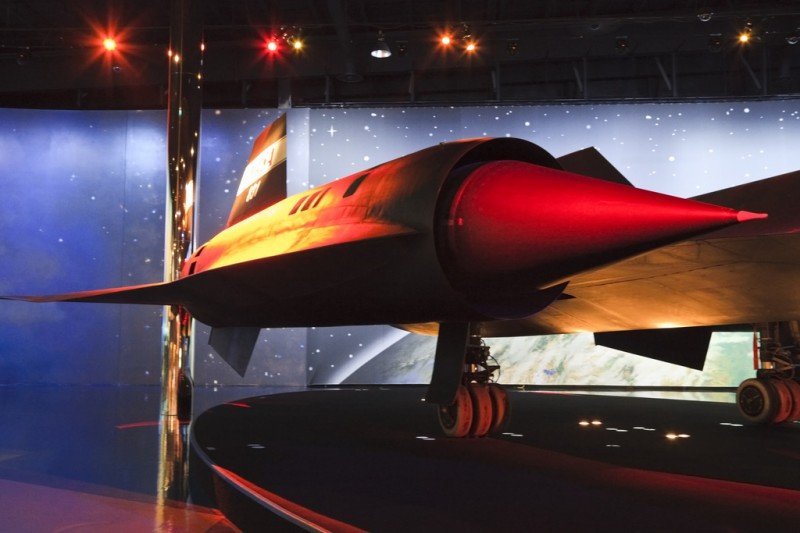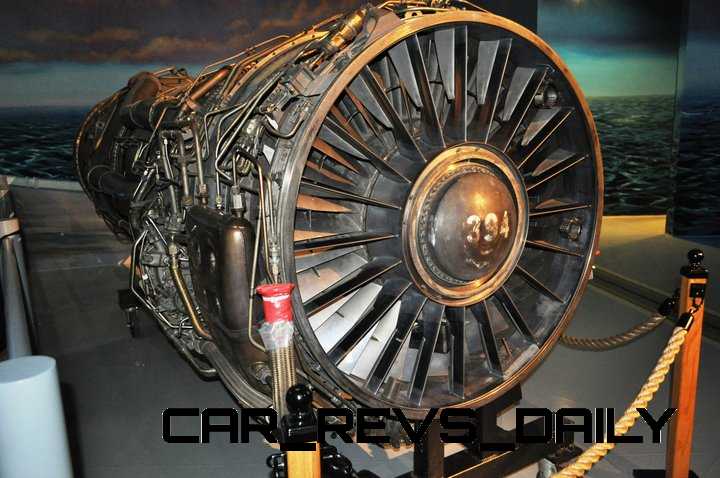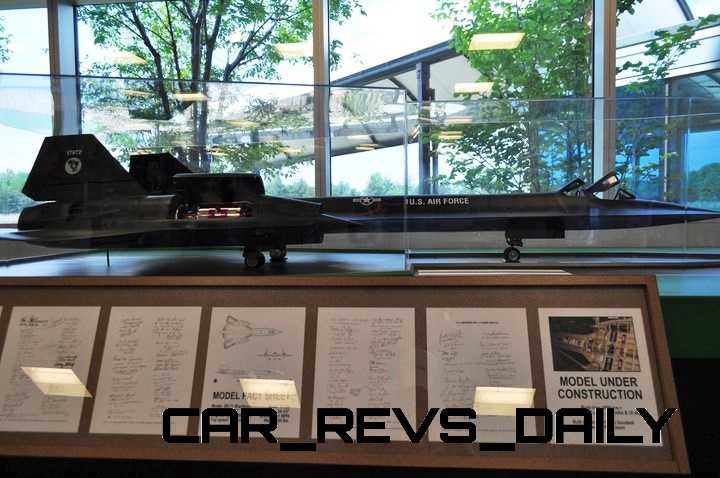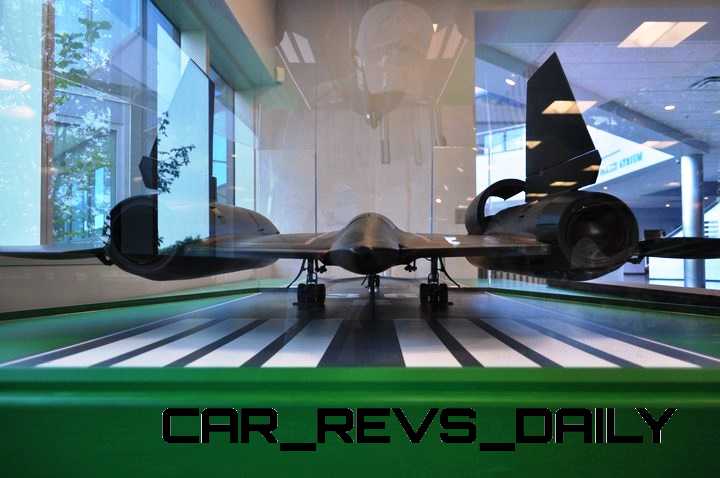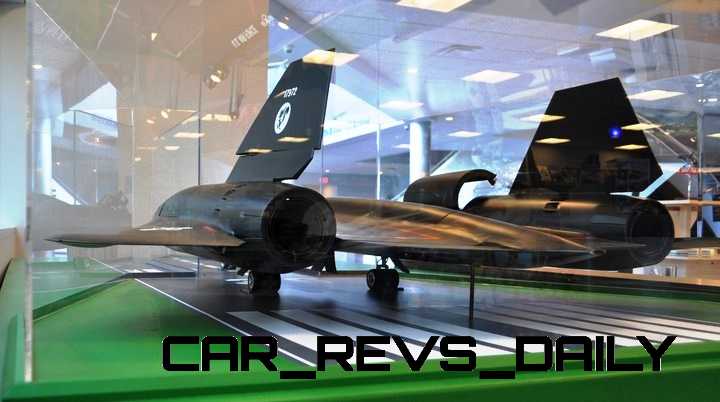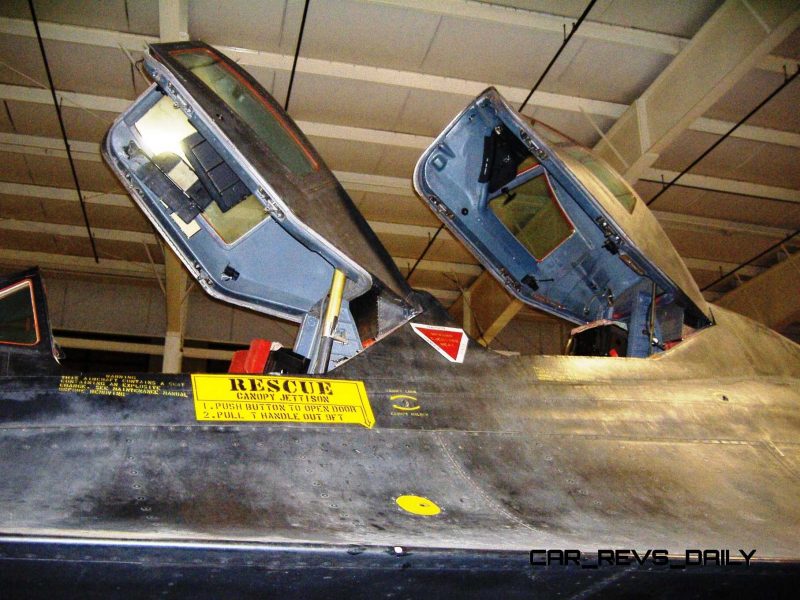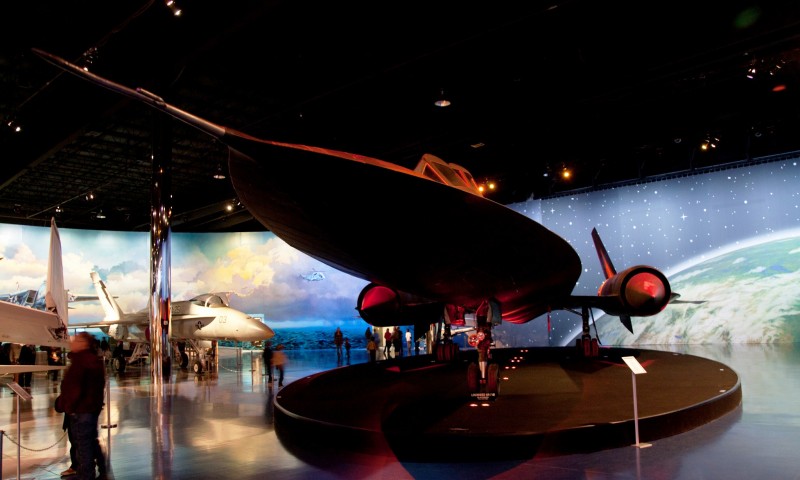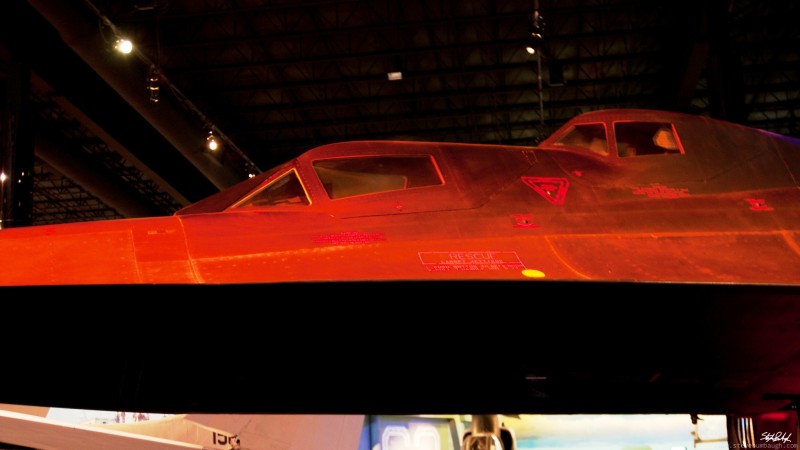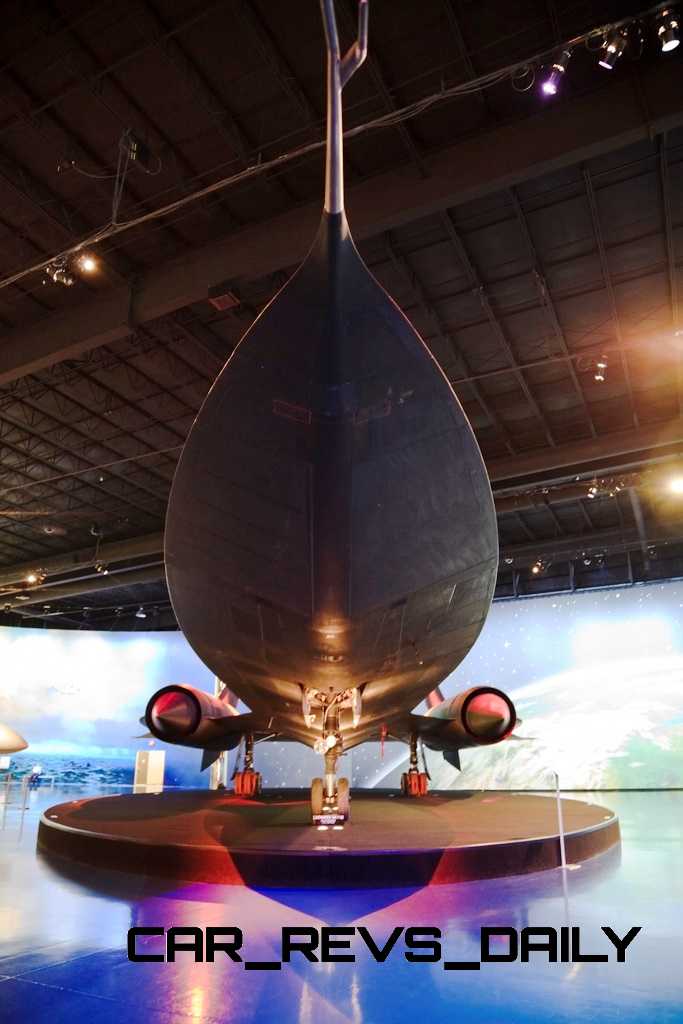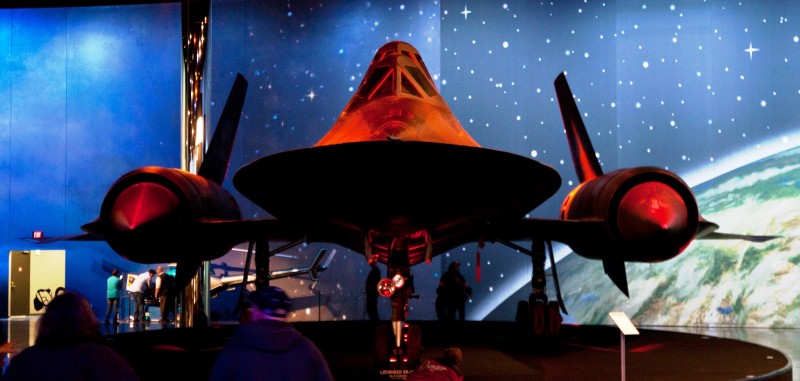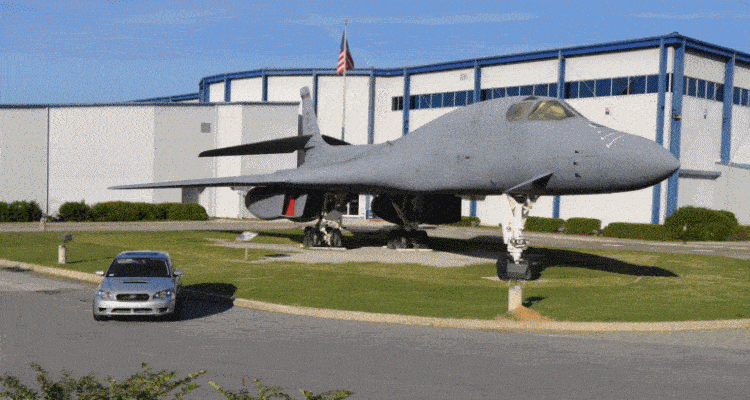PART TWO –
The U2 and D-21.
In the days before satellite imagery, broadband and digital photography — it was all about actual aerial photographs in the military planning and intelligence worlds. The Blackbird program was accelerated and approved for use largely as a result of a U-2 being shot down and its pilot captured in the USSR.
The U-2 was designed to fly higher than any Soviet missile could reach. It moved slowly, like today’s surveilance drones, because the thinking was that its altitude would protect it from any attack. Flying slower also allowed the Kodak large-format camera systems to take clearer and more focused photographs. It was a giant roll of film — shooting tens of thousands of still photos over the same amount of the Earth’s square miles below.
But the objectives changed quickly with the downing of a U-2. It became now about both altitude and speed. If not possible to be higher than the 70,000-feet or so of (publicly stated) max flying heights of the U-2, then it must be faster than any Soviet missile system could track and meet in flight.
The Blackbird’s speed made all the camera systems have to work that much harder to deliver actionable photo intel back home. Blurry photos were a costly but frequent issue.
Vibration and weather constantly distorted photos, so the camera and film systems were in fast-forward evolution just like the Blackbird itself.
The D-21 drone was a curious part of the Blackbird program. It was designed to launch from atop the plane and hit nearly Mach 3, all while snapping its precious photos. Once it reached a predetermined safe area, the D-21 would eject its film cans and they would parachute down to the waiting teams for processing. The D-21 would then self-destruct.
Pretty interesting spycraft.
Except it did not work as planned. The D-21 smashed into one of the launch planes when released, killing the mothership’s pilot and almost scrapping the project entirely.
The D-21 was used a few more times attached to a Stratofortress.
There are rumors that the D-21 would also serve as a jet-powered decoy or flare if a surface-to-air missile was fired at a Blackbird.
The pilots would then shoot off the D-21 to be hit while they took evasive action.
After all, saving a billion-dollar plane was far better than losing a million-dollar drone. It was a failsafe system we are not sure was implemented, but one that shows how deadly serious these aerial reconnaissance missions were to both the United States of America and the USSR at the time.
Lockheed D-21
PREVIOUS
Has there ever been a plane more enigmatic and also enchanting in its design and capabilities? The Lockheed Blackbird is a true icon for the ages.
Included below are two of the only SR-71 Blackbirds that are viewable by the public – anywhere on Earth. The first is the world aviation speed record-holder, and the second the SR-71B double cockpit model. They are both housed inside giant museum buildings, making photographs tricky. The lighting is atrocious, but their impact up close is unforgettable.
Why inside? Well, despite having their engines removed and on display, these two ultra-fast and sexy spy planes could, in theory, be put back in service some day. Also handy to keep them away from prying eyes in the sky. Ever a concern for these two cold-war icons!
INTRO
There are a few signs you see on a road trip that are usually worth taking the next exit.
One of those is an AFB Museum.
Without any prior planning or knowledge of the Robins Air Force Base Museum on my way to Atlanta today, we pulled off the highway ASAP and set the navigation with this new destination.
24 minutes off the highway, and we are staring head-on with a B1-B Lancer and a Warthog A10 out front.
This is the second amazing detour for an AFB museum — the other being in Kalamazoo, Michigan. The Michigan Aviation Museum is home to the only Lockheed SR-71B in the world — that is the double cockpit trainer model. Also good for flying in shifts over the globe and back. Aerial refueling is always a requirement with the Blackbird, so it is just the pilots stamina and awake hours that limited the missions of this legendary spyplane.
As it turns out, the Robins AFB Museum is the second-largest in the United States. Lucky us!
Second win? The museum is absolutely free. As in — costs nothing. What a fun outing.
The collection here is absolutely astounding — including the record-setting (and holding) SR-71A that set a blistering 2,193-mph Vmax in 1976. That speed has yet to be beaten, by the way.
Among the other hits? 93 unique and often one-of-a-kind aircraft like the U-2D “Dragon Lady” aerial recon high-flyer, the B52D Stratofortress and a half-dozen other Strato- prefixed behemoths.
Curious items? Globemasters, Constellations, AC130A’s… and at least the first jet-engine Air Force One.
We especially liked seeing the D-21 drone, which exactly matches the Blackbird’s design and flight surfaces — but in miniature scale.
Included below is the B1 Bomber with our cherished Legacy GT. Plus all the bug splatter in the Southeast on my front bumper….
Lockheed U-2D “Dragon Lady”
Lockheed SR-71A Blackbird
in Georgia
Lockheed SR-71B Blackbird in Michigan

Tom Burkart is the founder and managing editor of Car-Revs-Daily.com, an innovative and rapidly-expanding automotive news magazine.
He holds a Journalism JBA degree from the University of Wisconsin – Madison. Tom currently resides in Charleston, South Carolina with his two amazing dogs, Drake and Tank.
Mr. Burkart is available for all questions and concerns by email Tom(at)car-revs-daily.com.

